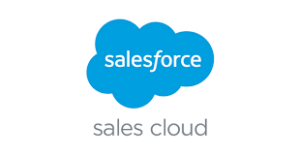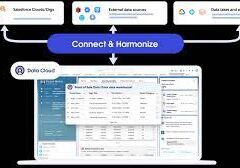Unleash the Power of Outcome Based Selling: Focus on Future Outcomes, Not Just Products
Outcome-based selling is akin to painting a vision of the future for your customers. It involves understanding their goals deeply and presenting your offering as the means to help them achieve those objectives.
It’s a bit like asking the customer not what they expect the purchase to cost, but how much it is worth, so they cannot afford not to close the deal.
Getting to the core of your customers’ desires requires more than just asking about their business goals. It involves delving deeper into their aspirations and challenges. This is where outcome-based methods of selling comes into play, enabling you to guide buyers towards envisioning a brighter future.

Outcome-based selling is a sales strategy that centers on understanding a customer’s needs and desired outcomes. It prioritizes presenting your product or service as the key to achieving those outcomes, rather than merely focusing on its features and immediate benefits.
Unlike traditional product-based selling, which emphasizes unique specifications, outcome-based selling revolves around demonstrating how your offering can contribute to the customer’s long-term success.
How is outcome-based selling different from solution selling?
While both approaches aim to address customer goals and pain points, outcome-based selling goes beyond solving a specific problem. Instead, it focuses on illustrating how your product or service can help customers achieve their broader business objectives.
Solution selling, on the other hand, often involves addressing a specific challenge without necessarily considering the larger context of the customer’s goals.
Why is outcome-based selling important, and what are the benefits?
Outcome-based selling fosters trust and credibility by aligning your offerings with customer goals. This trust is crucial in today’s sales environment, where buyers expect sales reps to act as trusted advisors.
When customers perceive you as a partner invested in their success, it increases the likelihood of closing deals and opens doors for upselling opportunities and referrals. Some key benefits of outcome-based selling include:
Increased deal value: By focusing on customer outcomes, you may uncover additional selling opportunities that add value to the deal.
Accelerated sales velocity: Prioritizing outcomes encourages buyers to provide critical information early in the sales process, speeding up deal progression.
Long-term relationships: Demonstrating commitment to customer success builds trust and lays the foundation for future sales opportunities and referrals.
Challenges of outcome-based selling
Despite its benefits, outcome-based selling poses several challenges:
Longer time commitment: Understanding customer goals requires in-depth discussions and may involve multiple meetings, making it a time-intensive process.
Rep training: Shifting from a product-focused to an outcome-oriented mindset may require additional training and resources for sales reps to adapt successfully.
Implementing outcome-based selling: A practical example
Let’s walk through a hypothetical sales scenario involving La Familia Panaderia, a local bakery:
Understanding the problem: Through open-ended questions, uncover Daniela Lopez’s concerns, such as payroll accuracy and comfort with new technology.
Offering a solution: Highlight how your accounting software addresses Daniela’s needs, such as automating payroll and providing user-friendly features.
Closing the deal: Present your software as the solution that fulfills Daniela’s desired outcomes, reassuring her with a demonstration and support resources.
Tips for successful selling with an outcome-based focus
Be a trusted advisor: Approach customer conversations with a consultative mindset, focusing on how you can help them achieve their goals. A subject matter expert provides advice in the customer’s best interest, not just the seller’s.
Ask the right questions: Use open-ended questions to uncover customer pain points and desired outcomes, actively listening for opportunities to delve deeper.
Articulate value: Clearly communicate how your product or service contributes to the buyer’s desired outcomes, backed by case studies and data.
It is really about a method of selling that hinges on putting the customer first and guiding them towards achieving their goals. While it requires patience and understanding, the long-term benefits of building trust and fostering lasting relationships make it a worthwhile approach for sales professionals.












